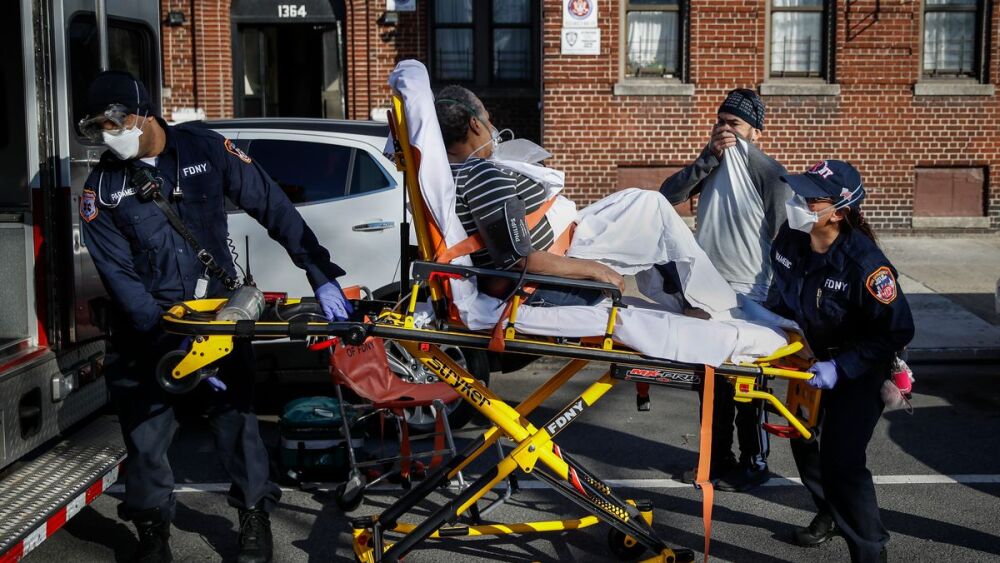Being an EMS chief is supposed to be gratifying, allowing you to make your organization one of the premier ones in the country. What many forget to mention is that you are facing the largest-ever challenge that EMS has ever seen: the need to expand services with a disappearing workforce. Unlike other industries, EMS cannot supplement the workforce with computers or robots.
Expanding services
The current model of EMS in most areas is one where someone calls 911, and within a few minutes, an ambulance and/or fire truck shows up, begins treatment and assessment of the patient, and – unless the patient refuses transport – they are taken to the emergency room. Unless it is a true medical or trauma emergency, the emergency room discharges patients and tells them to follow up with their family doctor.
For an increasing portion of the population, this follow-up never occurs, and the process repeats daily. This repetitive model is a failure that is straining resources at the local government level, and in hospital systems. Recent news coverage shows that citizens in critical need could wait nearly an hour for an ambulance. This causes first responding fire apparatus to wait during lag time – and to be either unavailable, or in less optimal situations to respond to subsequent fire and EMS calls.
This crisis can only be fixed through a re-design of the EMS system and policy that involves a more collaborative effort among all aspects of healthcare. In the future, EMS must be equipped with the knowledge and legislative authority to make referrals to more definitive healthcare solutions. Whether this is to provide financial assistance for a diabetic patient who cannot afford medications, or for a dentist to deal with a toothache, EMS must be able to have resources that allow options beyond emergency department delivery and discharge.
Disappearing workforces
Several factors have contributed to creating a disappearing workforce that results in ambulances making 30-40 calls in a 24-hour shift – preventing crews from getting any rest.
No one will argue that as you ascend the management rungs, higher education is needed to succeed. However, some looking at EMS and Fire jobs at the entry level see a mostly dirty environment in which much daily physical exertion is needed. For the teenager used to clean and quiet environments, this type of work is likely not as appealing. This problem is perpetuated by high schools that focus on preparing students exclusively for four-year college, rather than showing any options of a trade. Arguably, some students are set on a four-year college even before they start high school.
Leadership actions needed
The first leadership action needed is for the many segments of EMS to come together at the table and have a common voice on policy – both nationally and at the state level. While the trend in many areas is to move from a fire-based EMS system to an efficiency of scale (i.e., not a lot of fires, but increasing EMS) created by combining the services at the local government level, there are many areas of the country that currently have a private or hospital-based service.
Much of the work related to the expanding service model will begin only after the legislation – both nationally and at the state level – is enacted. This work will not be done alone. We need to collaborate with the hospitals, public health and mental health professionals of the country so this model of change can occur and still meet the needs of each group. A large hurdle to overcome will be a need to protect EMS personnel from malpractice.
To combat the disappearing workforce, increased collaboration will be necessary. Working with the local school superintendents, the local vocational schools, and the local fire and EMS organizations will be necessary to determine the best way to present EMS services as a career option for high school graduates. Additionally, one key step will be inviting local technical colleges to see if a college/work option can be created within high schools, in order to allow recent graduates to attend college and work in the EMS field. Leaders of EMS, especially those in the fire-based EMS fields, must emphasize a schedule that allows for flexibility with many days off, as work-life balance is particularly important in today’s workplaces.
Leaders in the EMS field must begin to think beyond traditional roles and take the lead to move the next model of EMS forward, just as our predecessors did.













